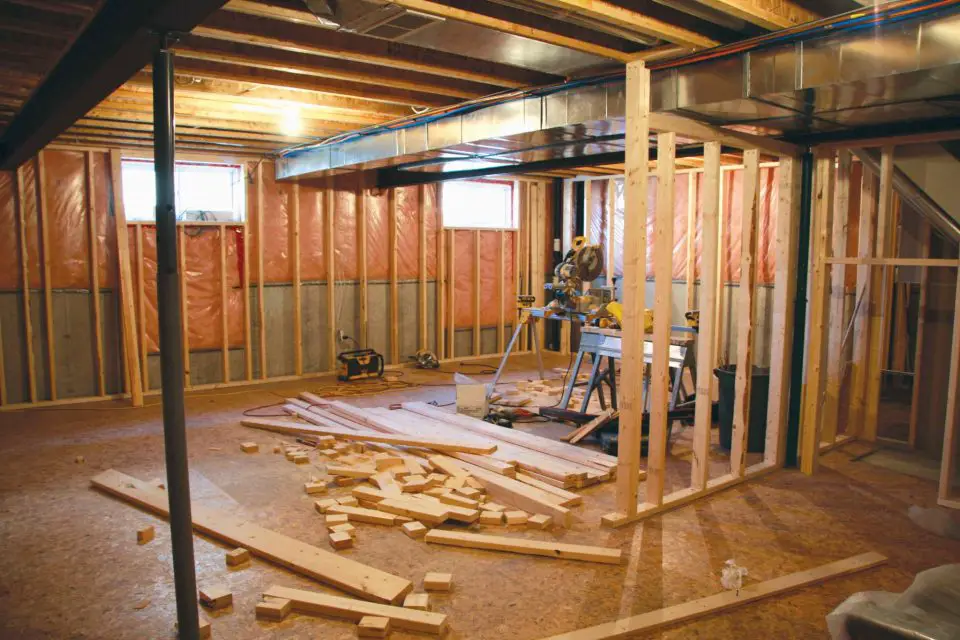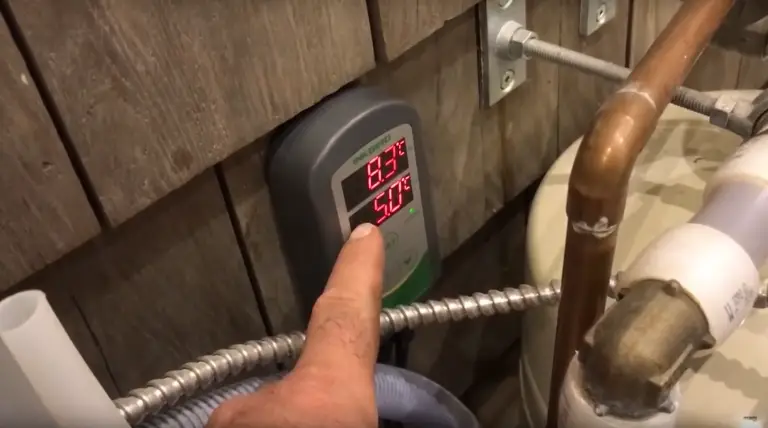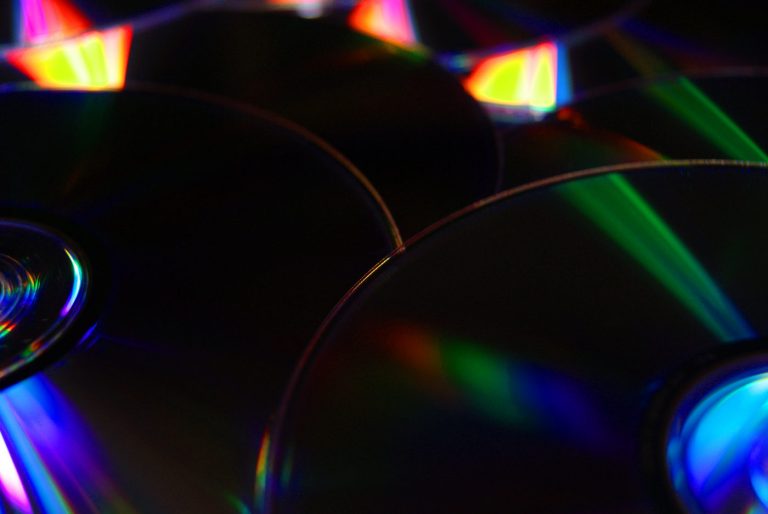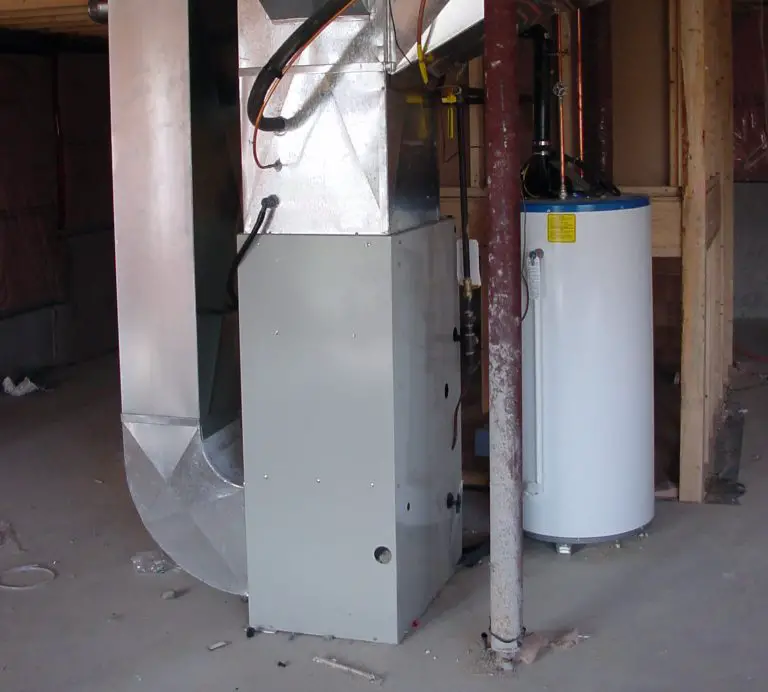
This basement has insulating subfloor panels on the floor, and this is one important step towards a comfortable finished basement. Unfortunately, the walls are insulated with batts. This is always a risky proposition for a basement because fiber-based batt insulation is highly susceptible to mold growth.
Are you tired of having a cold basement in winter? This is a common complaint and the solution is not immediately obvious. If you’ve dealt with practical matters much, you know there can be a big difference between theory and practice. The theory of a finished basement, for instance, is that it’s warm, and dry and inviting. That’s why people pay tens of thousands of dollars to get one. But in practice many finished basements fall short in one particular area. They’re often cold in winter. If you want to avoid this problem with a basement that you’re planning to finish, or you’d like to warm up an already-finished basement that’s not all that comfortable during winter, you need to think differently in two ways.
Cold Basement Cause#1: Insufficient Insulation
One reason basements are more likely to be colder than other parts of your house is the simple fact that they’re built partially underground. Perennially cool (or sometimes just plain downright cold) concrete walls and floors are entirely different than what’s happening above ground. To make matters worse, warm air rises because it’s less dense than cooler air. This is one reason warmth wants to leave your basement, not stay down there. So, what’s the solution? There are two, one easy to understand and one not so easy.
Concrete is cold and if you stand on it long enough you’ll feel cold. This is easy to understand, but puzzling to me because basement floors are still routinely finished with inadequate floor insulation. It never ceases to amaze me how often finished flooring is installed directly on concrete. Besides the mold hazard this leads to, it’s just plain unreasonable to expect warm feet when you’re standing on a finished floor that’s resting directly on that cold concrete. Even carpet on a concrete floor isn’t enough to make your feet feel as warm as they could. Installing basement subfloor tiles is the simple but often overlooked fix to the lack of insulation problem. Click here for a detailed teaching video on how to install basement subfloor panels most easily.
Cold Basement Cause#2: Improper Heating System Design
The second reason cold basements are common in regions that get cold weather has to do with heating systems that are not quite complete. Your basement may even include warm air ducts opening up into the space and blowing heated air, yet your basement is still too cold. What’s going on? It’s a mystery until you understand a hidden dynamic.
While it’s easy to assume that an undersized furnace is the root of your cold basement, that’s almost never the case. Most furnaces have plenty of power to heat a basement and the upstairs combined, but only if proper cold air return ducts are present.
Cold air return ducts are to your house what veins are to your body. While arteries carry oxygenated blood away from your heart and to your entire body (corresponding to warm air ducts), veins are different. They’re the equivalent of cold air return ducts, carrying blood back to the heart and lungs to be recharged with oxygen and nutrients. If these cold air ducts don’t extend all the way to the floor of your basement in several locations, stagnant pools of cold air will develop in your basement with no way to get back to the furnace. This is made worse by the fact that cool air tends to settle in low places anyway. It’s the stagnant nature of basement air that makes it cold.
Extending cold air return ducts to basement floor level is not difficult, but it’s a detail that often gets forgotten by contractors in a rush to complete a finished basement and cash a cheque. All houses with a forced air heating system have cold air return ducts at the ceiling level in the basement as they go to your furnace, perhaps even extending partway down some walls. Just make sure they go all the way down to a floor that’s been covered in subfloor panels. Then you’ll actually want to spend time down there, even in winter. Every major room in the basement needs a cold air return louver.
Need help choosing a finished floor for your basement? Click here for a video tour of my favourite basement-friendly choices.












